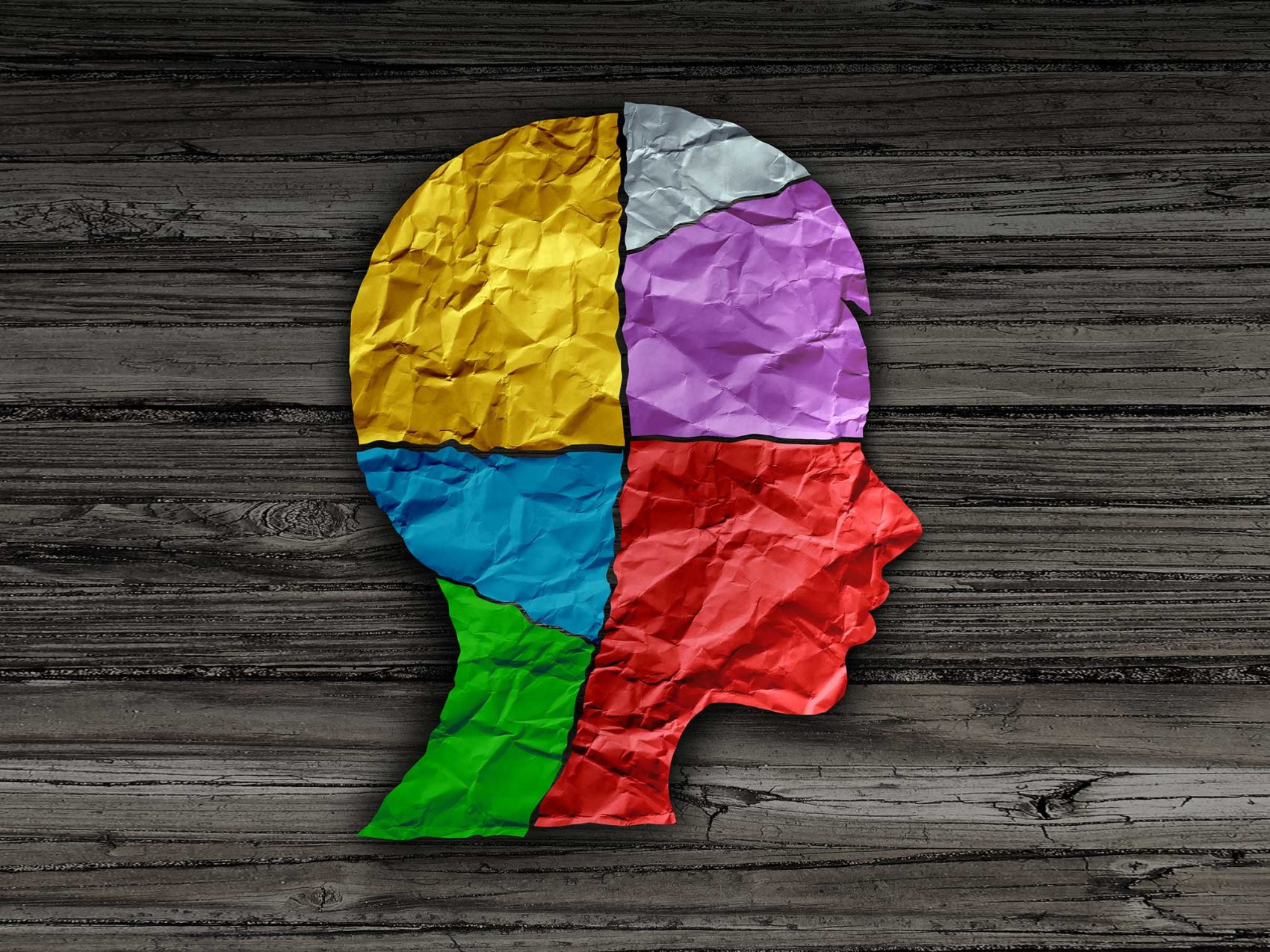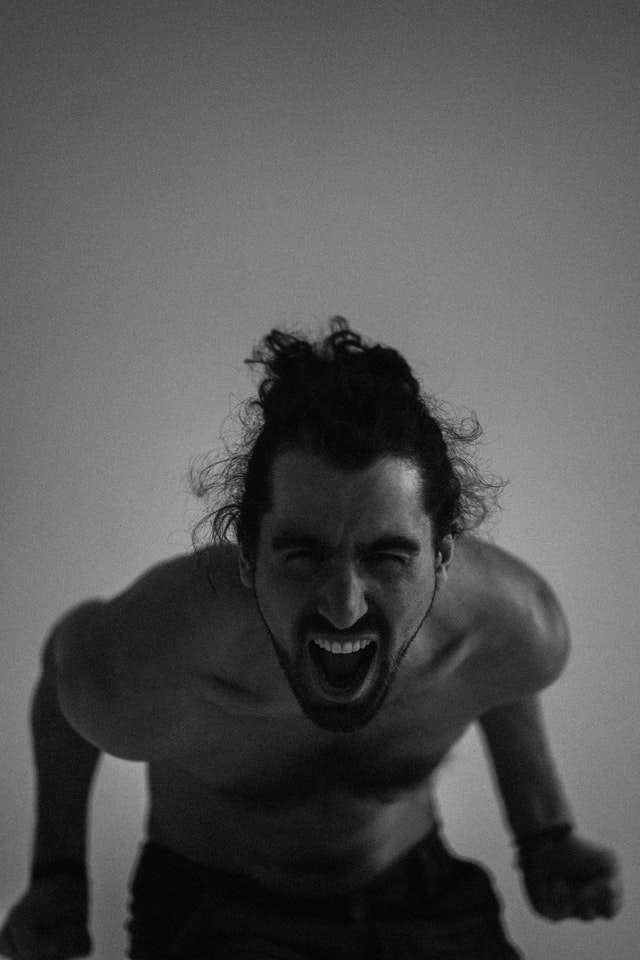

Rituals reduce stress, enhance performance, 5 rituals you should try for transformation
by Counseling and Wellness Center of PittsburghJuly 8, 2019 meaning of rituals, rituals for self care, rituals for tranformation, rituals to reduce stress0 comments
Rituals, reducing stress and adding joyful meaning to life
5 Rituals You Should Try For transformation and wellness
Ever wonder why Michael Jordan wore his North Carolina shorts under his Chicago Bulls shorts every game? Rituals have enormous power to sooth and inspire as well as bring back balance to mental health by reducing anxiety and increasing confidence. According to the National...Learn More
What is an LPC vs LMHC vs LCSW – Counseling has many abbreviations, all the answers here!
by Counseling and Wellness Center of PittsburghJanuary 25, 2019 best counselor for me, what is an lpc vs lmhc vs lcsw, what is lcsw, what is lpc0 comments
If you are trying to find a counselor or therapist, you might start to become overwhelmed with options and confused by all of the abbreviations for credentials. Or maybe you are considering furthering your education in the mental health field but are not sure which degree is the best for you. Allow this helpful guide to take you through the various meanings which make up those...Learn More
Anger: 4 Ways To Tell That You or Loved One Has a Problem
by Counseling and Wellness Center of PittsburghApril 26, 2018 anger, anger counseling, anger management0 comments
Anger is a primary emotion that all humans and even animals exhibit in some forms, anger is an activating response and it can often even signal to us some valuable information if we are open to hearing it. When we are practicing mindfulness and have developed our capacity to respond well to infuriating situations, we can become aware of our feelings, then respond in a way that keeps our goals...Learn MoreDepression
by Counseling and Wellness Center of PittsburghApril 13, 2018 counseling for depression pittsburgh, depression, depression counseling, depression therapy, symptoms of depression, therapists for depression, wellness counseling monroeville, wellness counseling pittsburgh, what is depression0 comments
The cornerstones of a healthy and balanced life are creating personal meaning, savoring happiness, relishing success, the ability to think and produce ideas, to connect with others and feel good about ourselves. Depression is a major mental health disorder, as well as a national epidemic and disease. According to the National Institute of health, as many as 16.2 million people have experienced...Learn MoreAcute Stress Disorder
by Counseling and Wellness Center of PittsburghApril 2, 2018 anxiety, anxiety therapy pittsburgh0 comments
Acute Stress Disorder
Acute stress disorder is a form of anxiety disorder which develops shortly or immediately after exposure to a traumatic event in which real or threatened harm or injury was experienced or threatened to the self or other. Acute Stress Disorder differs from Post-Traumatic Stress disorder in the time from in which the associated symptoms are exhibited. To reach the...Learn MoreSocial Anxiety Therapy
by Counseling and Wellness Center of PittsburghApril 2, 2018 anxiety, anxiety therapy pittsburgh, cognitive behavioral therapy, counseling, counseling for anxiety, counseling pittsburgh, licensed therapist monroeville, licensed therapist pittsburgh, social anxiety, social anxiety therapy, therapist0 comments
Social Anxiety or Social Phobia
Social and anxiety or social phobia is a kind of anxiety disorder in which the person experiencing the anxiety is fearful of experiencing embarrassment in social situations. According to epidemiological statistics this disorder has a lifetime prevalence rate of as much as 3-13%. Researchers have also noticed a strong family component to this disorder meaning...Learn More